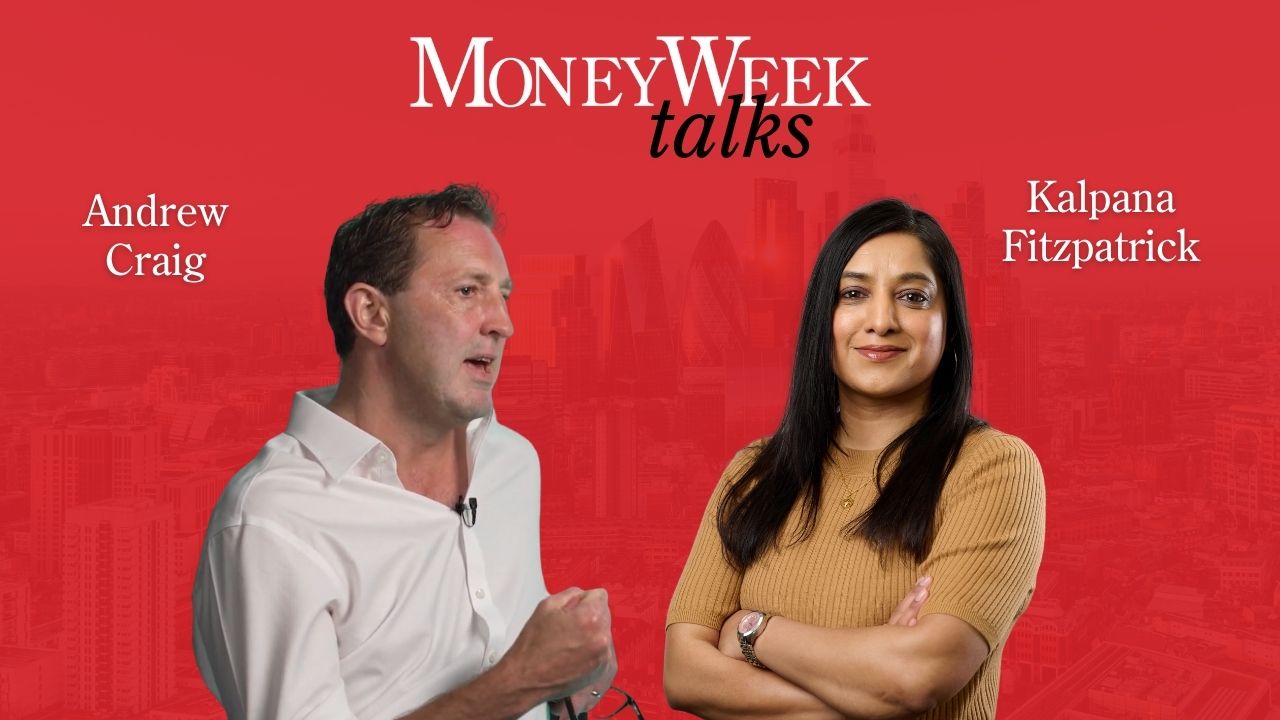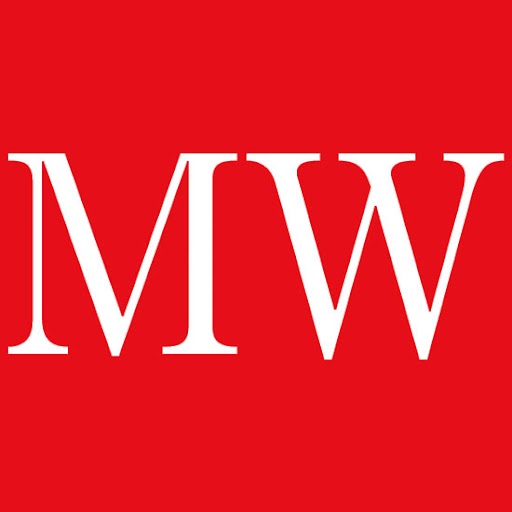Royal Bank of Scotland (RBS) is no longer selling its Indian retail and commercial banking operations to HSBC. Instead, it will be winding down what was a profitable business.
RBS agreed to sell the business to HSBC in July 2010, but the deal lapsed on Friday November 30th. The Indian operations are profitable and in the nine-month period to September 30th generated revenue of £42m.
In a statement RBS said: "Consistent with RBS's strategic objective to reduce or exit its non-core assets and businesses, it will begin to wind-down its retail and commercial banking business in India, whilst meeting all customer obligations."
MoneyWeek
Subscribe to MoneyWeek today and get your first six magazine issues absolutely FREE

Sign up to Money Morning
Don't miss the latest investment and personal finances news, market analysis, plus money-saving tips with our free twice-daily newsletter
Don't miss the latest investment and personal finances news, market analysis, plus money-saving tips with our free twice-daily newsletter
The Indian business operates from 31 branches and serves 400,000 customers. With total assets of £190m it accounts for only around 0.5% of the group's remaining non-core assets (£65bn).
On Thursday, Bank of England Governor Mervyn King signalled that UK banks may need to build up the capital they hold against potential losses.
CM
Get the latest financial news, insights and expert analysis from our award-winning MoneyWeek team, to help you understand what really matters when it comes to your finances.
MoneyWeek is written by a team of experienced and award-winning journalists, plus expert columnists. As well as daily digital news and features, MoneyWeek also publishes a weekly magazine, covering investing and personal finance. From share tips, pensions, gold to practical investment tips - we provide a round-up to help you make money and keep it.
-
 The investing mistakes not to make: MoneyWeek Talks
The investing mistakes not to make: MoneyWeek TalksPodcast MoneyWeek's digital editor speaks to Andrew Craig, founder of Plain English Finance, about why passive investing isn't always the only option for good investors
-
 Household savings ratio drops – are you setting enough aside for 2026?
Household savings ratio drops – are you setting enough aside for 2026?High inflation has pushed the savings ratio down again and the figure could dip further next year

